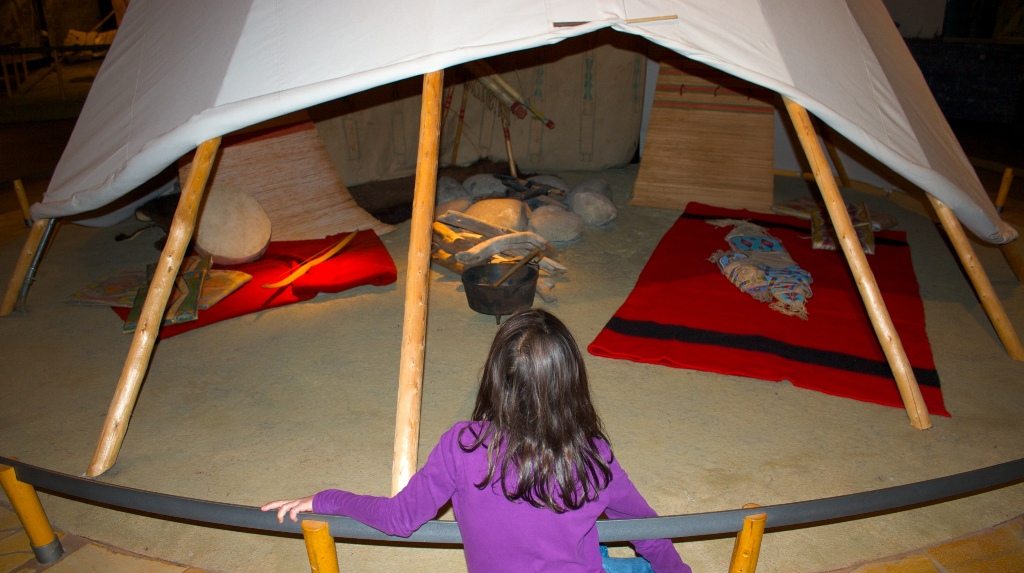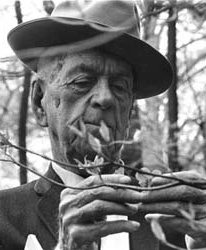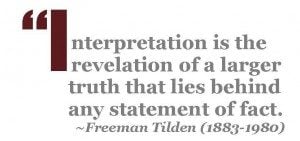
We here at the Buffalo Bill Center of the West have our work cut out for us. With a subject as broad as the American West, we understand that you might ask, “What does it all mean?” That’s where museum interpretation comes in.
We don’t want to tell you, our visitor, how to react to all you experience in our facility, but we do want you to have the background to actually connect with the American West! To that end, a number of us have become Certified Interpretive Guides—a course I just completed—so that we can aid you in finding your own true West!

“Interpretation is the revelation of a larger truth that lies behind any statement of fact,” said Freeman Tilden (1883 – 1980), long considered the Father of Interpretation. Taken from his Interpreting Our Heritage, 1957, Tilden’s “six principles of interpretive communication” are the foundation for museum interpretation everywhere—including the Center of the West:
- Any interpretation that does not somehow relate what is being displayed or described to something within the personality or experience of the visitor will be sterile.
- Information, as such, is not Interpretation. Interpretation is revelation based on information. But, they are entirely different things. However, all interpretation includes information.
- Interpretation is an art, which combines many arts, whether the materials
 presented are scientific, historical, or architectural. Any art is to some degree teachable.
presented are scientific, historical, or architectural. Any art is to some degree teachable. - The chief aim of Interpretation is not instruction, but provocation.
- Interpretation should aim to present a whole rather than a part, and must address itself to the whole person rather than any phase.
- Interpretation addressed to children (say, up to the age of twelve) should not be a dilution of the presentation to adults, but should follow a fundamentally different approach. To be at its best it will require a separate program.
When you visit us here at the Center of the West in Cody, Wyoming, let us know if you connected to YOUR true West!





